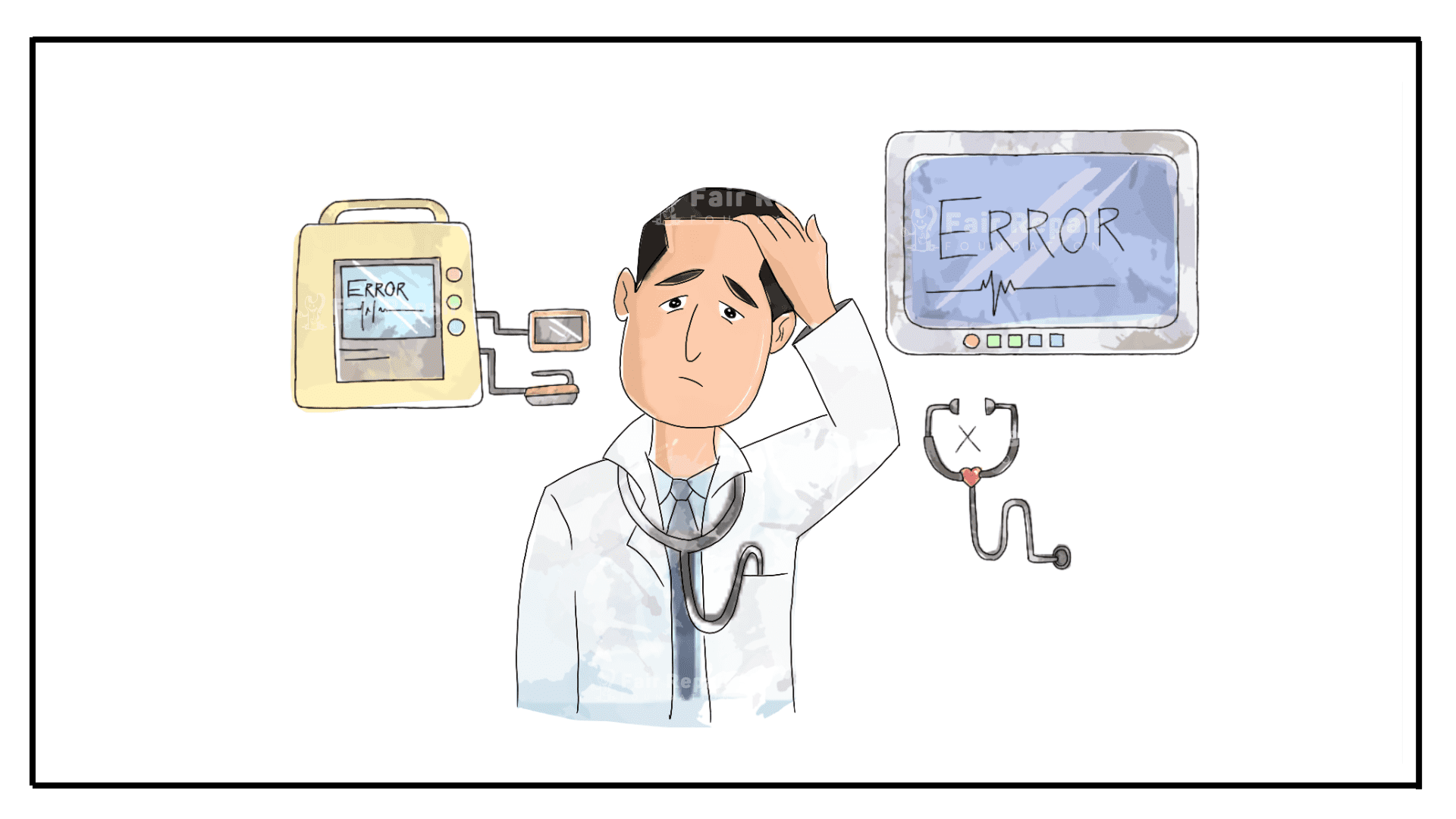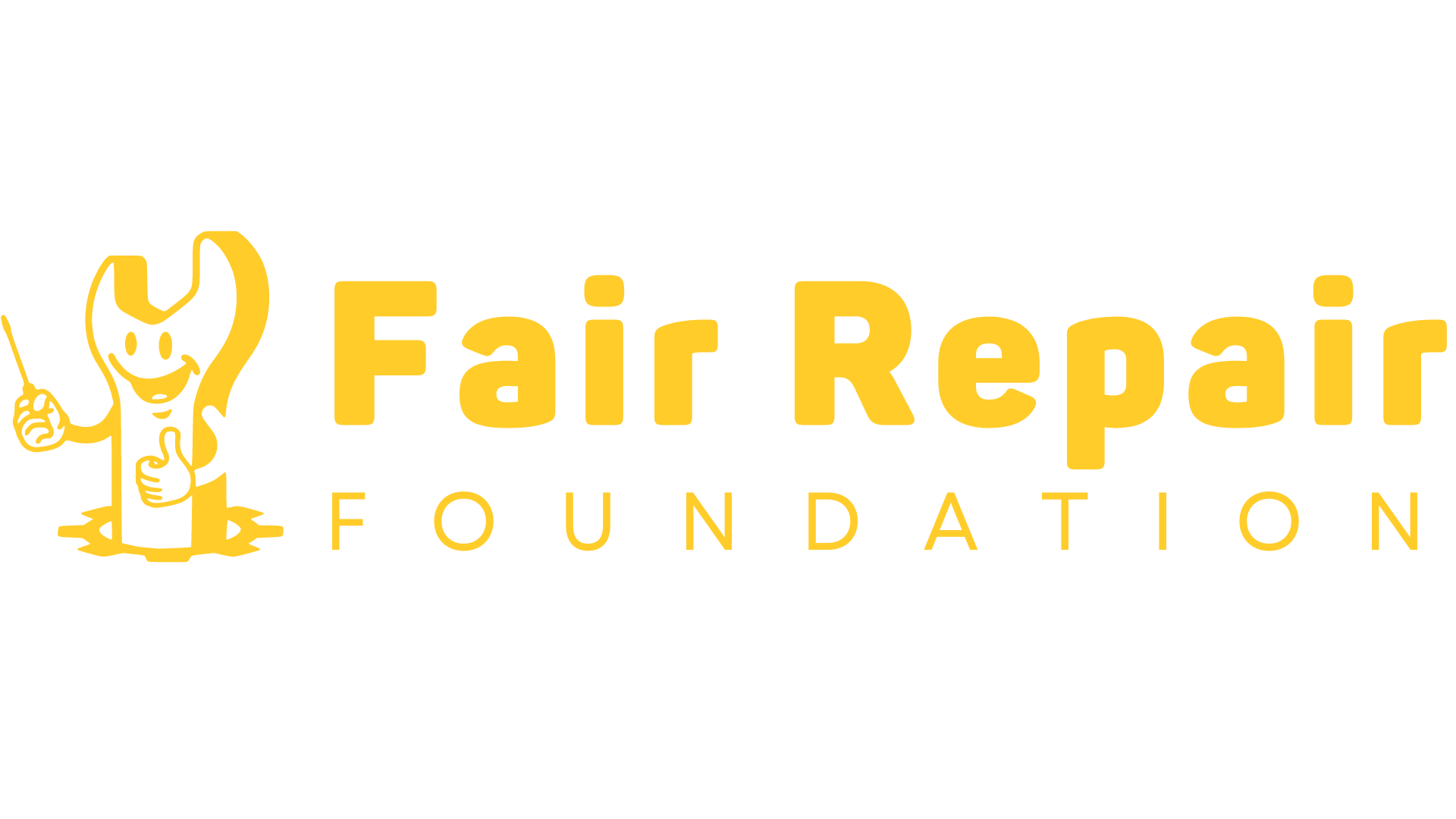
Medical Equipment
The surge of patients is overloading hospitals. Doctors put in extended hours, and obtaining supplies can be challenging. As extra precautions are taken to guarantee patient safety and reduce spread, there has also been an increased need for medical equipment to be continually operational and reliable.
Repair restrictions imposed by equipment manufacturers, whether they are producers of phones, cars, or medical equipment, continue to be a significant problem that spans across industries and is significant to consumer protection and antitrust challenge. In such cases, Independent repair services are more necessary due to increased demands for equipment repairs and stricter deadlines.
As a result, many proponents of the “Right to Repair” have emphasised how medical device makers fail to offer help, sell replacement components, or share information that may enable hospitals to carry out repairs on their own, frequently more quickly and inexpensively. The delay in patient treatment caused by faulty equipment can jeopardise patient safety.
COVID-19 brought to the fore manufacturers’ long-standing resistance to sharing information for fixing medical equipment.
The Right to Repair at these unusual times advances the medical profession and makes it possible for life-saving services to continue operating during times of high stress. Emergency response measures must mandate manufacturers to grant access to information and tools on fair and reasonable conditions to diagnose, maintain, and repair medical equipment.
If you are knowledgeable, experienced, aggrieved or enthusiastic about the repair & maintenance of medical equipment and are keen to make a difference, we’d like to hear from you. Let’s co-develop this space and enable the Right to Repair.

